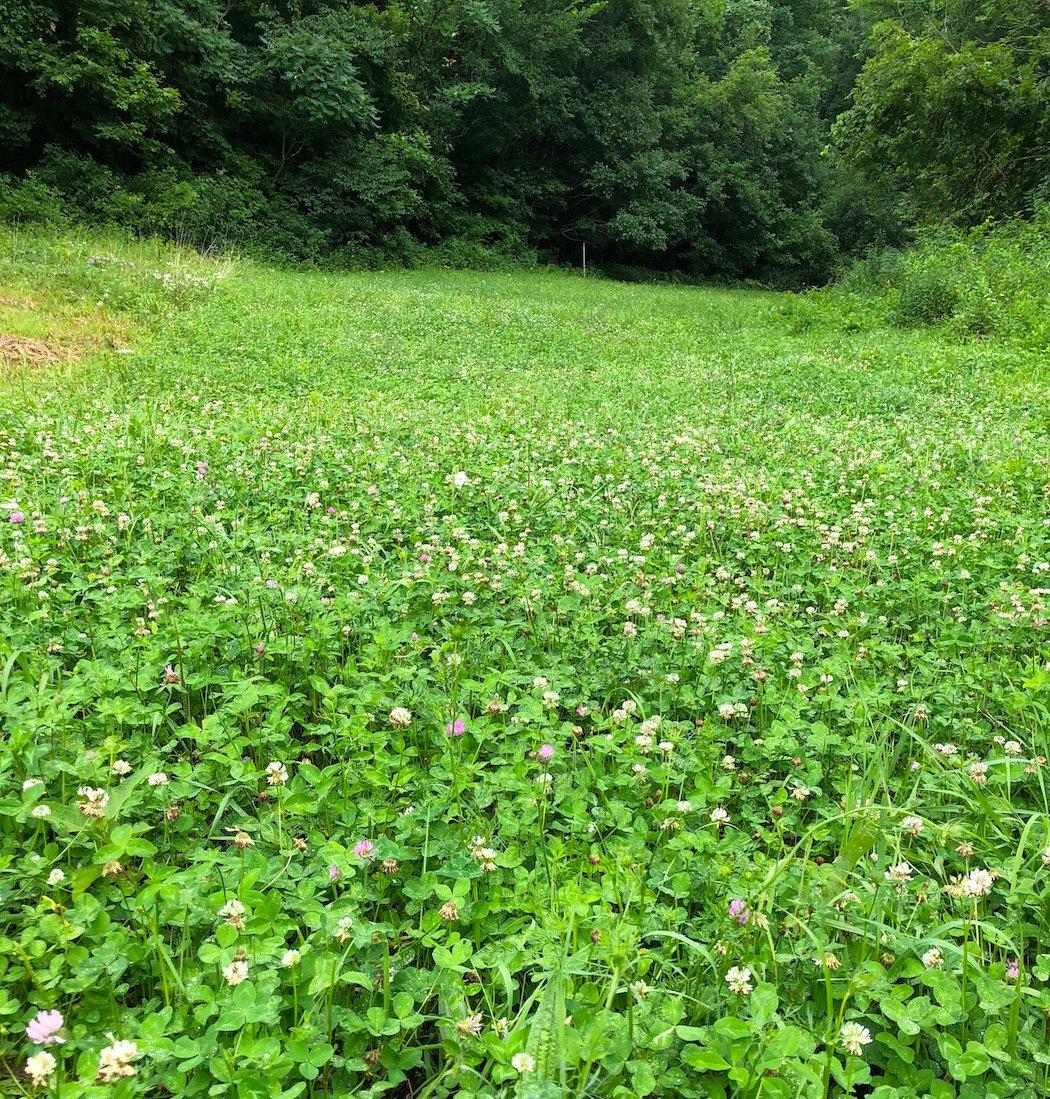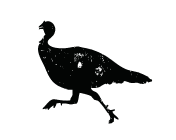What Do You Typically Plant?

Most whitetail hunters do not hunt massive tracts of land with pristine hidey-hole food plots at every possible location. In my experience, half-acre plots are common and allow for the perfect mix of feeding and hunting. Assuming your spot has four to six hours of sunlight, proper soil PH and solid rainfall, this is the right route for you.
Here are factors to consider before haphazardly planting a food plot. And how to do it when you do.
Hunting Deer vs. Feeding Deer
The most important step in developing a successful food plot is to set expectations and goals. Feeding plots tend to be surrounded by less cover, possibly closer to larger ag fields. They also tend to be used at last light or before daybreak.
A plot dedicated to nutrition and feeding should be providing food for at least eight months out of the year. A well-cared-for half-acre clover and chicory mix — such as Evolved Harvest's blend — is hard to beat for a feeding plot. While soybeans can provide food for about 10 months out of the year, browse pressure would make that hard to accomplish with small acreage.
A kill plot is a location where you can expect to see deer during daylight hours in optimal weather conditions. Typically, kill plots are surrounded by good cover and some distance from a large crop field. The ultimate kill plot must provide maximum attraction for the time of year you will be hunting. Attempting to hunt over brassica during early October might work, but brassica does best after multiple frosts that mobilize the sugars in the plant. Oats would be a better early season choice and are extremely attractive at the early growth stage. Keep a trail camera on your plots to determine when to move in for a hunt. Just because your plot is in great condition does not mean it is the most attractive food at that time.
The Ultimate Half-Acre Plot
The limiting factors regarding food plots typically revolve around time. Almost all hunters would be willing to spend the money, but they simply run out of weeks, days and minutes. Perennial clover is high maintenance and will require you to mow the plot a few times. For those with limited amount of time, clover may be a poor choice if you want a highly maintained plot that is attractive to deer. Annuals such as oats and brassicas or turnips are fast-growing and require less maintenance than perennial clover. With multiple trips to spray, and the cost of renting or buying equipment, a budget can get out of hand quickly when planting and maintaining perennials.
If you have access to some equipment and have the time to maintain it, clover is hard to beat, though. Clover can feed deer for months and provide excellent hunting opportunities throughout the season. Trying new blends and planting at the right time is critical for success. Follow your trail camera pictures closely to better understand patterns of when deer find a certain food source attractive. Then move in for the hunt.
Don't Miss: 13 Reasons You Have Bad Fortune with Food Plots
Are you a hunter wanting to learn how to accomplish your goals? Check out our stories, videos and hard-hitting how-to's on food plots and land management.





































